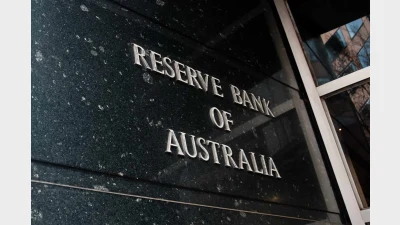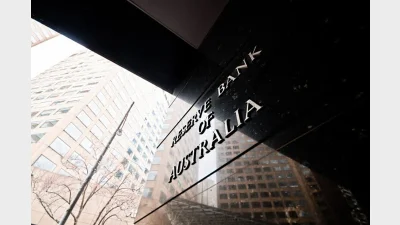Govt introduces clearing house amendments
The degree to which small to medium-sized employers will be better off under the Federal Government's new superannuation clearing house arrangements has been made clear with the launch of the necessary legislative amendments.
The amendments to three pieces of superannuation legislation were announced by the Minister for Financial Services, Superannuation and Corporate Law, Chris Bowen. Employers run a much smaller risk of being penalised under the new system.
The legislative outline reveals that employers will be deemed to have fulfilled their superannuation guarantee obligations the moment a payment is received by the new clearing house, rather than by the destination fund — effectively removing the risk of penalties being imposed on employers.
The Government announced earlier this month that the clearing house would be delivered through Medicare Australia and was intended to be up and running from July 2010.
Under the existing legislative regime, employers can run the risk of incurring penalties if superannuation guarantee payments they have made are received by a clearing house outside the prescribed period of time of an employees' superannuation fund.
The Government is seeking to facilitate the changes via amendments to the Superannuation Guarantee (Administration) Act, the Retirement Savings Accounts Act and the Superannuation Industry (Supervision) Act.
Recommended for you
Large superannuation accounts may need to find funds outside their accounts or take the extreme step of selling non-liquid assets under the proposed $3 million super tax legislation, according to new analysis from ANU.
Economists have been left scrambling to recalibrate after the Reserve Bank wrong-footed markets on Tuesday, holding the cash rate steady despite widespread expectations of a cut.
A new Roy Morgan report has found retail super funds had the largest increase in customer satisfaction in the last year, but its record-high rating still lags other super categories.
In a sharp rebuke to market expectations, the Reserve Bank held the cash rate steady at 3.85 per cent on Tuesday, defying near-unanimous forecasts of a cut and signalling a more cautious approach to further easing.











